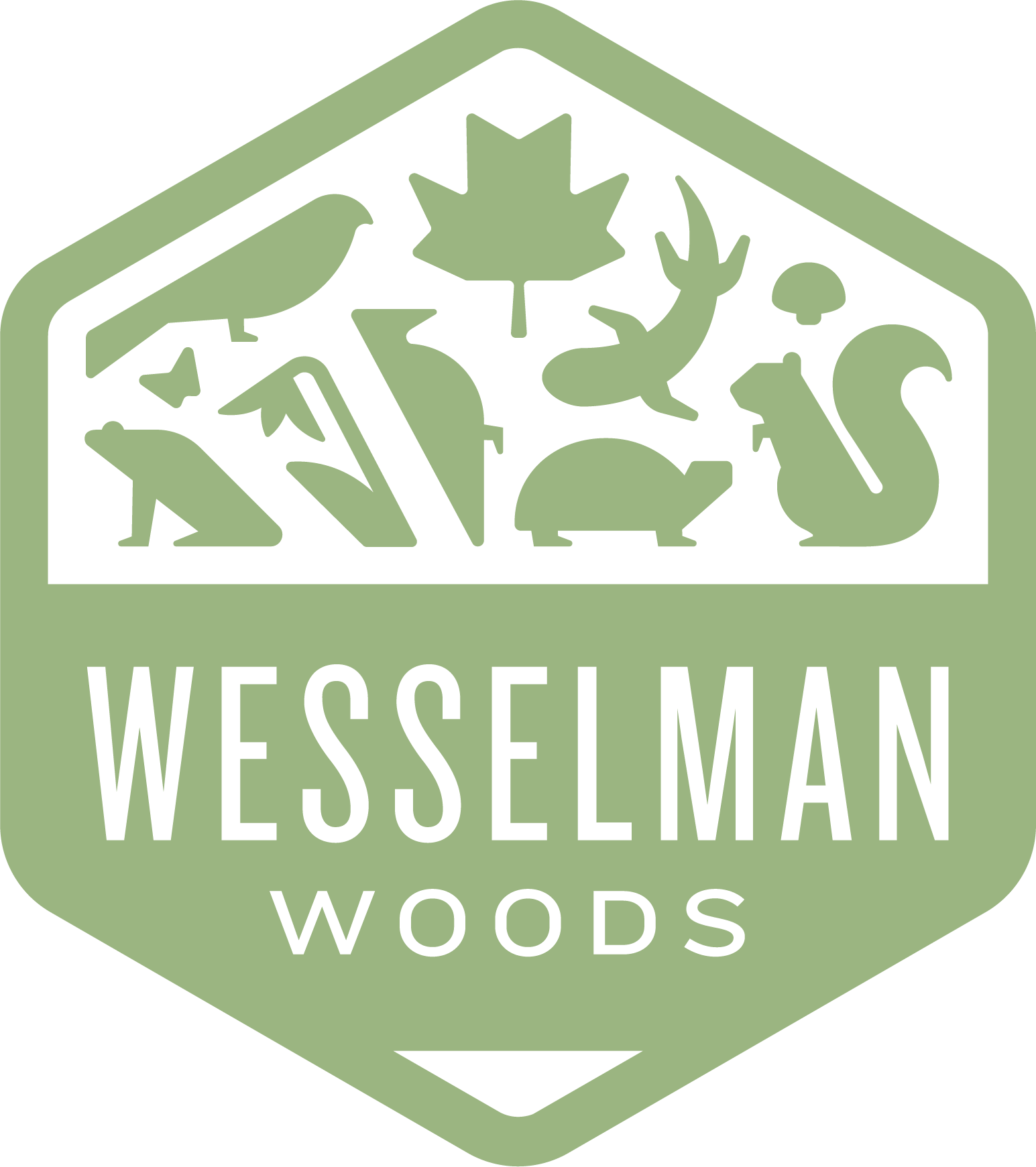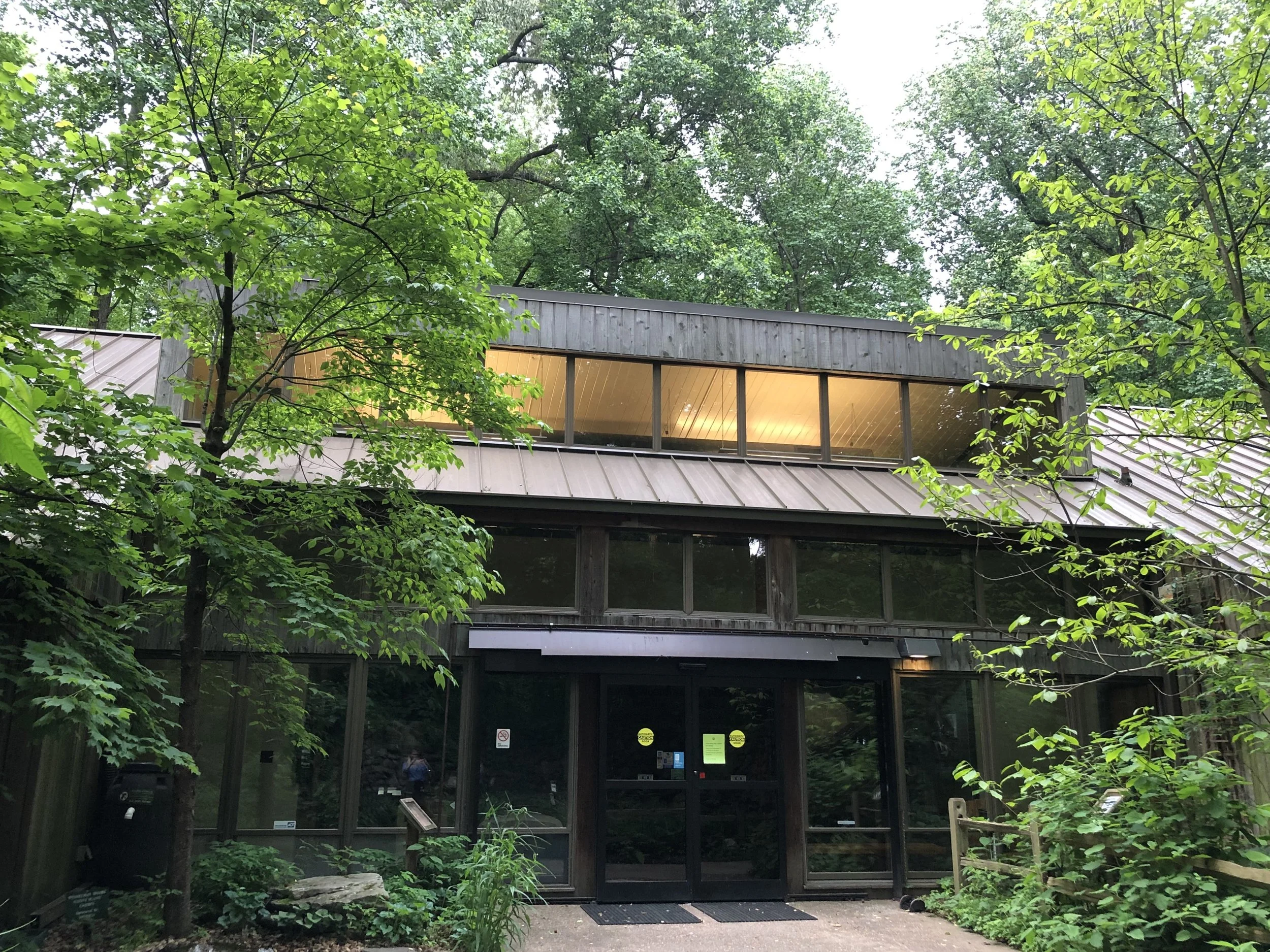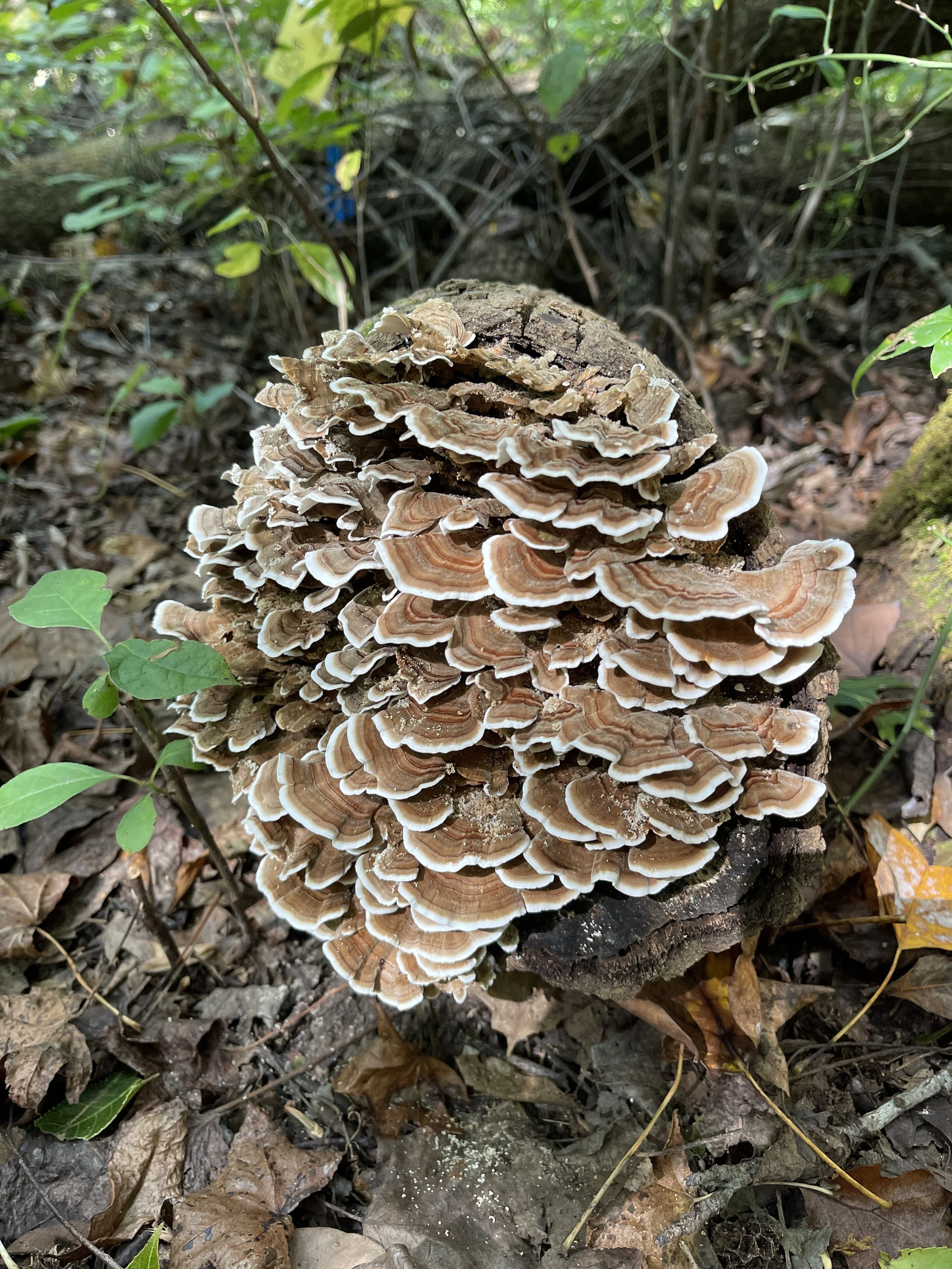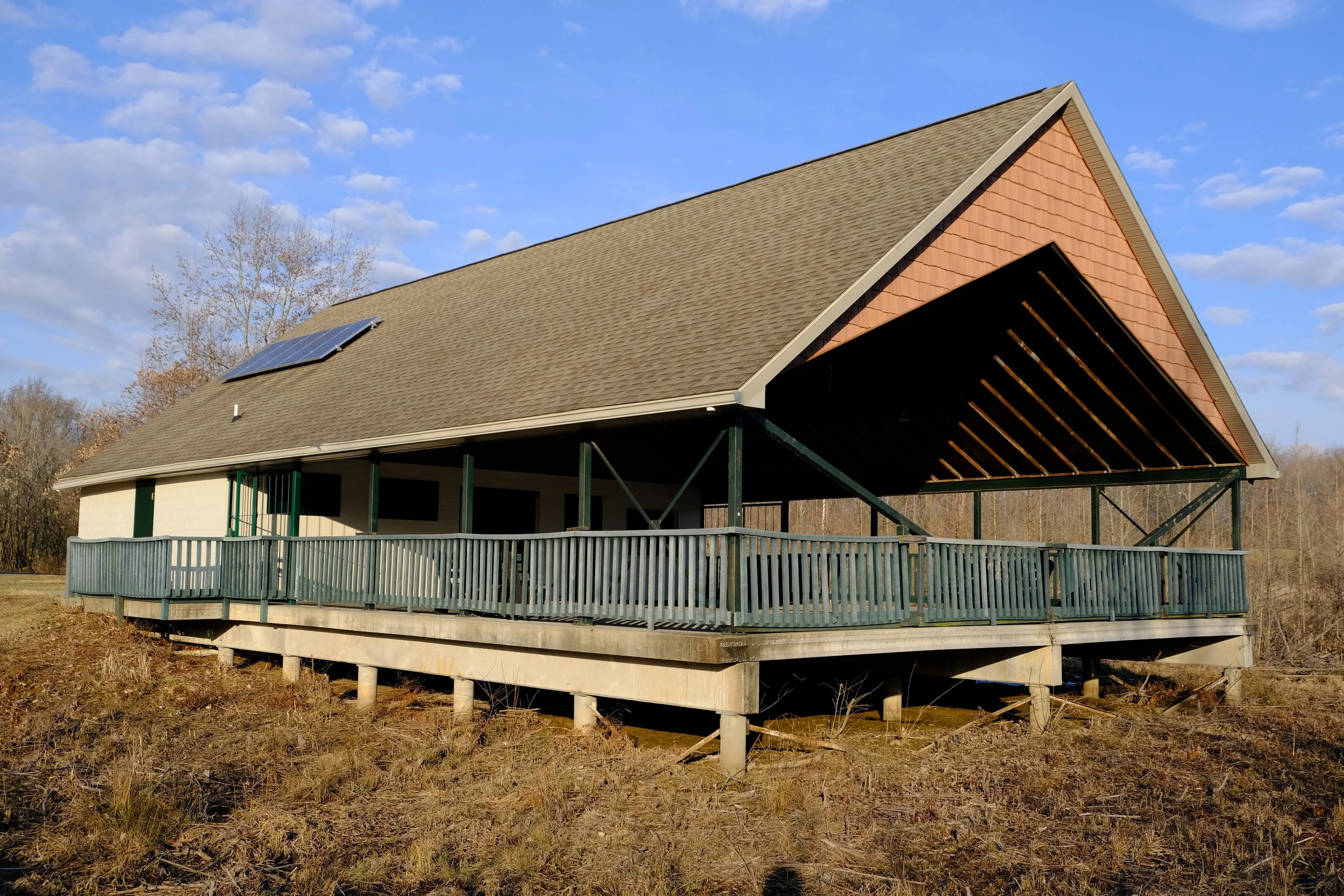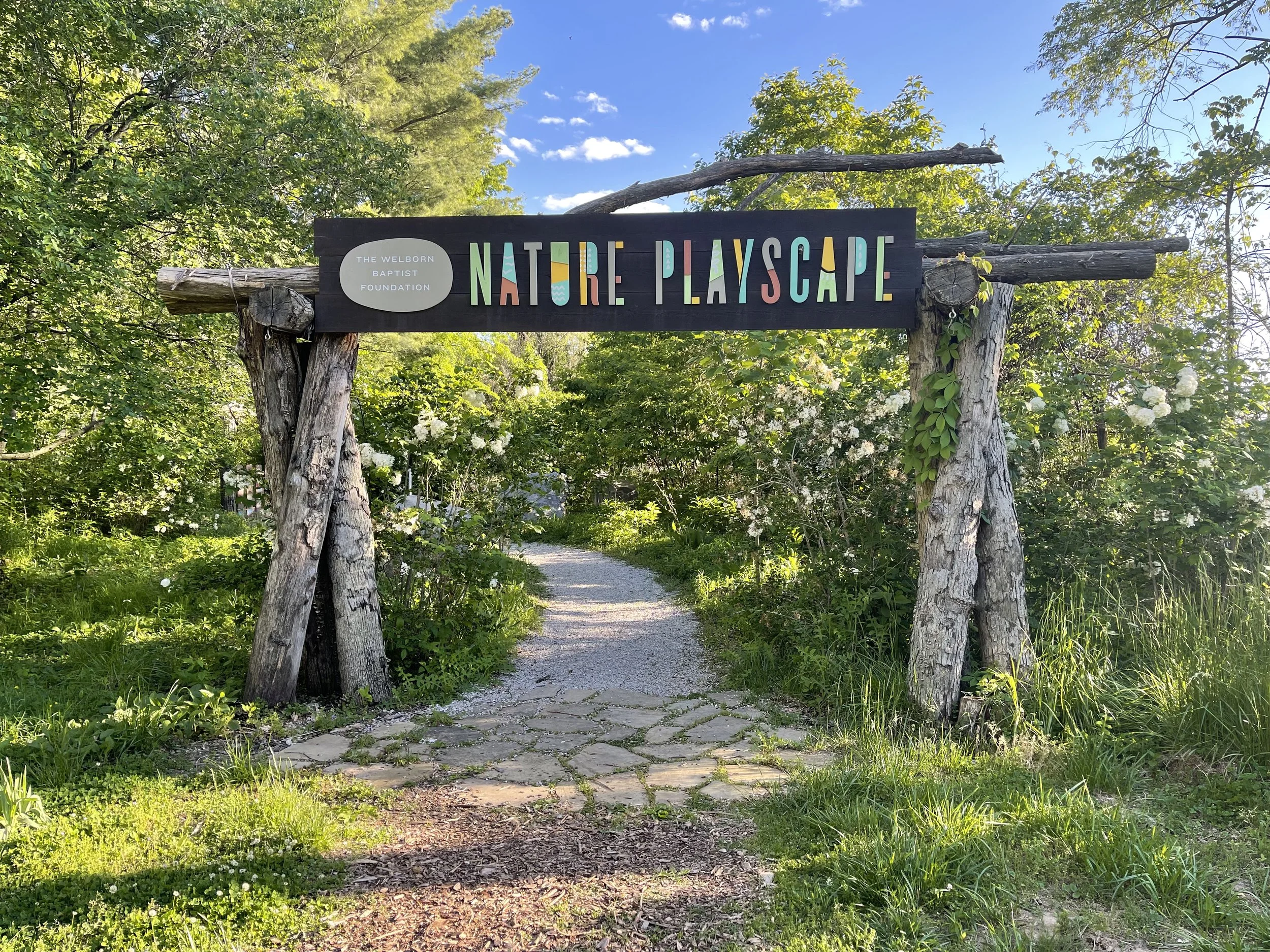Frequently Asked Questions
The Nature Center at Wesselman Woods
Q: Is Wesselman Woods Nature Preserve the same as Wesselman Park/operated by the Parks Department?
A: While the Wesselman Woods property is owned by the City of Evansville, Wesselman Woods Nature Preserve is managed by Wesselman Nature Society (a 501(c)(3) organization).
Wesselman Nature Society (WNS) is responsible for the daily operations of Wesselman Woods Nature Preserve and Howell Wetlands, as well as educational programs and research. The majority of funding comes from individual and business donations, grants, memberships, and program fees.
Unlike the preserve, the Wesselman Park is owned AND operated by the City of Evansville.
Q: Why is there an admission fee?
A: The City of Evansville provides about 20% of our overarching operating costs. Fundraising makes up the rest of the funds needed to support our goal of educating and connecting people and nature. This fundraising includes admission fees, donations, grants, and memberships - all of which go toward operational needs like building and trail maintenance, animal care, and educational programming.
Q: Does Wesselman Woods rehab animals? What do I do if I find an injured/orphaned animal?
A: We are not licensed to rehabilitate wild animals. Please do not bring injured animals to the preserve. There are several DNR-licensed rehabilitators in southwest Indiana. Please visit the Indiana Department of Natural Resources website about Orphaned and Injured animals to learn more.
Q: Can I bring my pets to the preserve?
A: We’re wild about animals but pets are not allowed into the preserve to minimize disturbance to wildlife and to protect the delicate ecosystem of this urban-locked forest. Your pet may enjoy visiting our west-side property, Howell Wetlands.
In order to minimize disturbance to wildlife and to protect the delicate ecosystem of this urban-locked forest, pets are not allows in Wesselman Woods. Our west-side property, Howell Wetlands, is open for pets to enjoy… We just ask that you please clean up any messes made.
Q: Do you still take recycling?
A: Our recycling programs are permanently closed. We no longer offer any recycling services on-site or off-site.
Q: Can I harvest mushrooms and plants or take flowers and rocks?
A: Mushrooms, rocks, plants (including their leaves, fruits, flowers, and seeds)… everything within the forest plays a part in the fragile ecosystem of Wesselman Woods. Things as simple as flowers serve as a food source, as a parent of that species’ next generation, and as part of the overall beauty of the forest. It may not seem like much if one person takes one thing but it quickly adds up if everyone takes something. Please do not remove anything from Wesselman Woods that you did not bring in.
Q: What is an old-growth forest? What is the difference between old-growth and new-growth?
A: From the Indiana Department of Natural Resources: Of Indiana's original 20 million acres of forest, fewer than 2,000 acres of old-growth forests remain intact. Most of the sites that remain are now protected as nature preserves, and many have been selected as National Natural Landmarks.
The first thing you notice when you enter an old-growth woods is the sheer size of the trees. Giant hardwoods 3 and 4 feet across at the base soar more than 100 feet to the canopy above. The oldest trees are more than 350 years in age; many of Indiana's old growth oaks were producing acorns long before the American Revolution.
Old-growth trees are more resilient than younger forests to drought and wildfires. New-growth is typically trees younger than 120 years old or have an average tree diameter less than 10 inches. Wider trees don’t necessarily mean “older” trees!
Q: What is the difference between conservation and preservation?
A: From the Natural Park Service: Conservation and preservation are closely linked and may indeed seem to mean the same thing. Both terms involve a degree of protection, but how that is protection is carried out is the key difference. Conservation is generally associated with the protection of natural resources, while preservation is associated with the protection of buildings, objects, and landscapes. Put simply conservation seeks the proper use of nature, while preservation seeks protection of nature from use.
The Conservation Station at Howell Wetlands. Find out how to rent this facility.
Q: What is Howell Wetlands? Is there an admission fee there?
A: At 35 acres, Howell Wetlands is one of the largest of five urban wetlands in Indiana. It’s made of a diverse range of habitats including a marsh, a cypress slough, an oxbow channel, prairie, and bottomland hardwood forest. There are 2 miles of trails to explore.
There is no admission fee, but we ask visitors to follow a few simple rules: Please stay on trails, do not feed the wildlife, take your trash out with you and do not harvest anything (including rocks, fish, and plants).
Q: Can I ride my bike in the preserve?
A: Bikes are a great eco-friendly way to travel to Wesselman Woods, but they are not allowed on our trails. Please park and lock your bikes at the provided bike racks located in our parking lot. For information about bike-friendly trails around town, please visit the Evansville Trails Coalition.
Q: Can I camp in Wesselman Woods?
A: In order to maintain the integrity of Wesselman’s delicate ecosystem, camping is not allowed. Visitors are asked to stay on the trails and exit the property when the nature center closes.
Q: Can I bring food/drink into the preserve?
A: Yes, the preserve is a lovely setting for a picnic. We just ask that you pack out what you bring in.
Q: Are the trails wheelchair or stroller accessible?
A: Most of the trails are surfaced with mulch or wooden boardwalks. The trails traverse uneven terrain and may be muddy or soggy, especially after rain. Strollers with large wheels usually do fine but wheelchairs may encounter problems.

Q: What is a nature playscape?
A: Nature playscapes are designed with the intent of bringing children and people back to nature. They are places for kids to get messy, get creative and take risks! Nature playscapes use natural landscapes, natural vegetation and materials in a creative and interactive way for unstructured child play and exploration.
Nature playscapes are created for the enhancement of a child’s curiosity, imagination, wonder, discovery and to nurture a child’s connection to the outdoors. Children play with natural components like boulders or other rock structures, dirt and sand, textured pathways, tree stumps and logs and natural water features.
Nature playscapes are places where kids can freely experiment and create with loose materials. Children can have a new adventure and make new discoveries each time they visit. The nature playscape is completely enclosed so children can safely play and adults can comfortably enjoy the time from one of the gathering areas.
Q: Where is the Welborn Baptist Foundation Nature Playscape located?
A: Upon entering Wesselman Woods, signs will direct visitors along a short path through the woods past the open clearing and pond to the playscape entrance.
Q: How big is the Nature Playscape?
A: With the addition of the Bernhardt Family Bird Sanctuary, the Welborn Baptist Foundation Nature Playscape is now five acres – one of the largest in the United States!
Q: How is the Nature Playscape different from a traditional playground?
A: Nature playscapes look very different from traditional playgrounds. Most playgrounds are comprised of pre-manufactured play equipment, typically constructed of steel and plastic elements and emphasizing active, or ‘gross motor’ play. Nature playscapes focus on creating settings to enable the type of play most important to young children: social play (pretending) and constructive play (building).
Nature playscapes encourage children to use their imaginations while simultaneously experiencing the smells, textures and wonders of the natural world. A natural play area is a learning landscape where kids learn through play. Playscapes are typically very safe because they include few or no tall structures and no equipment with moving parts.
Q: Are there opportunities to get involved?
A: We are always looking for new volunteers to be Playscape Rangers or to work on the maintenance of the Playscape. Please call 812-479-0771 for more information.
Q: How was the Nature Playscape project funded?
A: The Welborn Baptist Foundation Nature Playscape was funded solely through a capital campaign initiated by the Wesselman Nature Society. The project was finalized in 2018.

